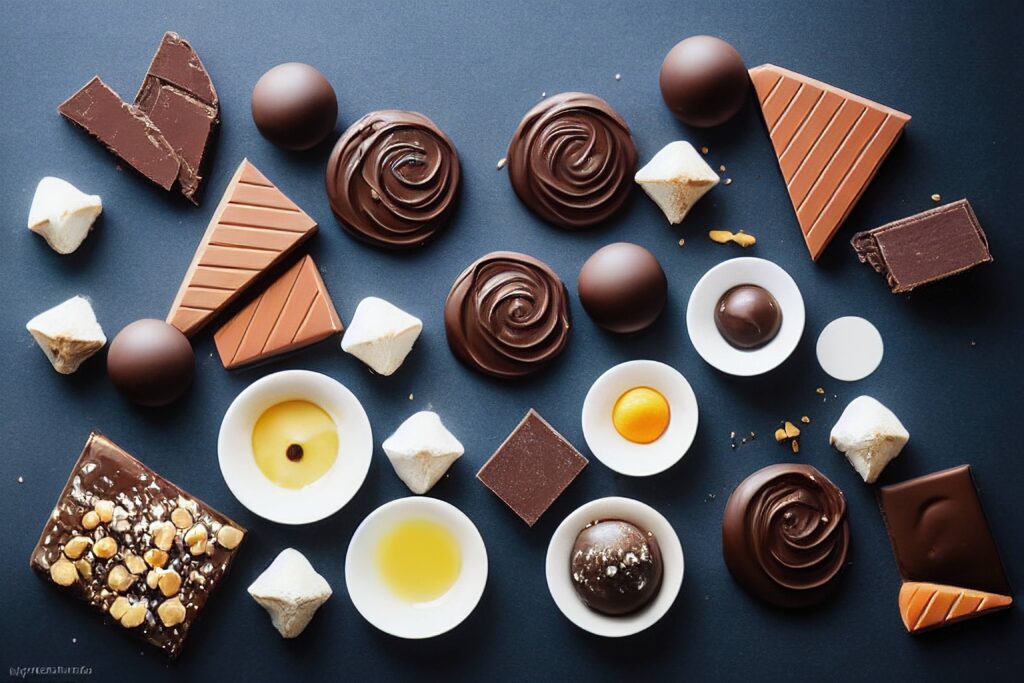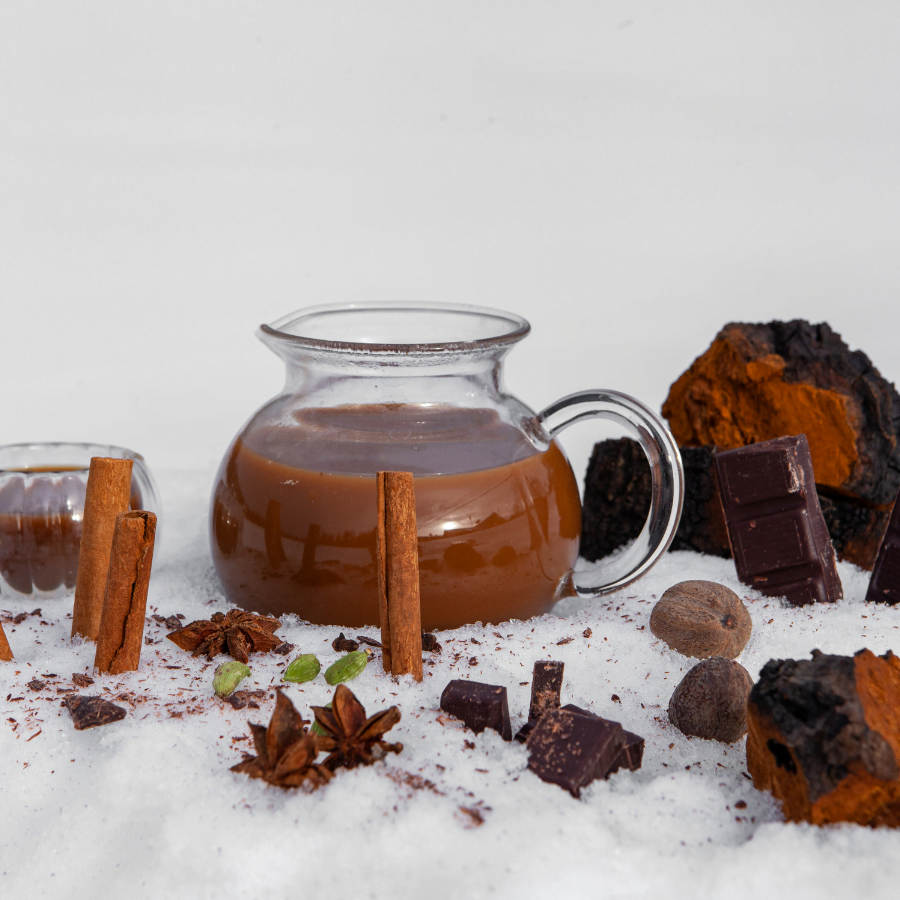Indulging in a bar of chocolate is a delight for many, but writing about art of chocolate can also be an art form. Whether you are a chocolatier, a food blogger, or a chocolate enthusiast, writing about chocolate can be as delicious as the chocolate itself.
In this article, we will explore the art of writing about chocolate, from the basics of chocolate-making to the intricacies of descriptive writing. We will provide techniques and tips for crafting engaging and informative chocolate writing that will tantalize the taste buds of your readers.
The Basics of Chocolate
Before we dive into the art of chocolate writing, it is essential to understand the basics of chocolate. Chocolate is derived from the seeds of the cacao tree, which are processed into cocoa solids and cocoa butter. These two components are combined with sugar and other ingredients to make chocolate.
There are three main types of chocolate: dark, milk, and white. Dark chocolate contains a high percentage of cocoa solids and has a rich, bitter taste. Milk chocolate contains milk powder or condensed milk, giving it a creamy and sweet flavor. White chocolate, on the other hand, does not contain cocoa solids but instead uses cocoa butter for its distinct taste.

The Art of Chocolate Tasting
To write effectively about chocolate, it is necessary to understand how to taste it properly. The process of tasting chocolate is similar to wine or coffee tasting. To taste chocolate properly, follow these steps:
- Look at the chocolate: Note the color, shine, and texture.
- Smell the chocolate: Take a deep breath to capture the aroma of the chocolate.
- Taste the chocolate: Place a small piece of chocolate on your tongue and let it melt. Note the flavor, texture, and mouthfeel of the chocolate.
- Finish the chocolate: Swallow the chocolate and note the aftertaste.
Tasting chocolate in this way allows you to identify the subtle nuances of each type of chocolate and convey your observations in your writing.
Crafting Descriptive Chocolate Writing
When writing about chocolate, it is essential to be descriptive and use sensory language to create a mouthwatering experience for your readers. Here are some tips for crafting descriptive chocolate writing:
- Use sensory language: Use descriptive words that appeal to the senses, such as creamy, smooth, rich, and velvety.
- Create a vivid image: Describe the color and texture of the chocolate, as well as any inclusions or fillings.
- Use flavor profiles: Describe the flavor of the chocolate, including any notes of fruit, nuts, or spices.
- Incorporate cultural references: Discuss chocolate’s history and cultural significance to add depth to your writing.
Using these techniques will allow you to create an immersive experience for your readers, making them feel as though they are tasting the chocolate themselves.
The Health Benefits of Chocolate
In addition to its delectable taste, chocolate also has several health benefits. Dark chocolate, in particular, is rich in antioxidants and has been linked to several health benefits, including:
- Lowering blood pressure
- Reducing the risk of heart disease
- Improving brain function
- Enhancing skin health
Incorporating these health benefits into your chocolate writing can be an effective way to appeal to health-conscious readers.

Chocolate Pairings and Recipes
To further enhance your chocolate writing, consider discussing chocolate pairings and recipes. Chocolate pairs well with various flavors, including coffee, wine, and cheese. Experiment with different combinations to discover unique and delicious pairings.
You can also provide chocolate recipes, such as truffles, chocolate cakes, and chocolate mousse. Sharing your favorite chocolate recipes will add value to your writing and make it more accessible to readers who want to experiment with making their chocolate treats.
The Ethics of Chocolate Production
As with many industries, chocolate production has its ethical concerns. Many chocolate manufacturers have been criticized for using child labor and not paying farmers fair prices. When writing about chocolate, it is essential to acknowledge these issues and discuss how chocolate can be produced ethically and sustainably.
One way to support ethical chocolate production is to look for certifications, such as Fairtrade or Rainforest Alliance, which ensure that chocolate is produced in an environmentally and socially responsible manner. You can also highlight chocolate makers who prioritize ethical production and fair labor practices in your writing.
The Future of Chocolate
The world of chocolate is constantly evolving, with new trends and innovations always emerging. One current trend is the rise of bean-to-bar chocolate makers, who control every aspect of the chocolate-making process, from sourcing the cacao beans to crafting the final product.
Another emerging trend is using alternative sweeteners, such as maple syrup or honey, instead of sugar. This shift is driven by the increasing demand for healthier and more natural food options.
Discussing these trends and innovations in your chocolate writing can make your content more relevant and engaging for readers interested in the latest developments in the chocolate industry.
Conclusion
Writing about chocolate can be a delicious and rewarding experience. By understanding the basics of chocolate-making, mastering the art of chocolate tasting, and crafting descriptive and engaging writing, you can create mouthwatering content that delights your readers. Don’t forget to incorporate information on the health benefits of chocolate, ethical production practices, chocolate pairings, and emerging trends in the industry. With these techniques and tips, you can create high-quality, informative, and engaging chocolate writing that is sure to outrank the competition on Google.
FAQ’s
What are the main types of chocolate?
Dark, milk and white chocolate are the three main types of chocolate. Dark chocolate has a high percentage of cocoa solids and a rich, bitter taste. Milk chocolate contains milk powder or condensed milk, giving it a creamy and sweet flavor. White chocolate, on the other hand, uses cocoa butter for its distinct taste and does not contain cocoa solids.
How can I improve my chocolate-tasting skills?
Using all your senses to enhance your chocolate-tasting skills would be best. Look at the chocolate’s color and texture, smell it to capture its aroma, and taste it slowly, noting its flavor, texture, and mouthfeel. Swallow the chocolate and note the aftertaste to experience the chocolate’s nuances fully.
How can I write descriptive chocolate content?
To write descriptive chocolate content, you should use sensory language that appeals to the senses, create a vivid image of the chocolate’s color and texture, describe the flavor profile of the chocolate, and incorporate cultural references to add depth to your writing.
What are the health benefits of chocolate?
Dark chocolate, in particular, is rich in antioxidants and has been linked to several health benefits, including lowering blood pressure, reducing the risk of heart disease, improving brain function, and enhancing skin health.
What are some ethical concerns related to chocolate production?
Many chocolate manufacturers have been criticized for using child labor and not paying fair prices to farmers. When writing about chocolate, it is essential to acknowledge these issues and discuss how chocolate can be produced ethically and sustainably.
What are some emerging trends in the chocolate industry?
Some current trends in the chocolate industry include the rise of bean-to-bar chocolate makers, alternative sweeteners, such as maple syrup or honey, and the increasing demand for ethical and sustainable chocolate production.
